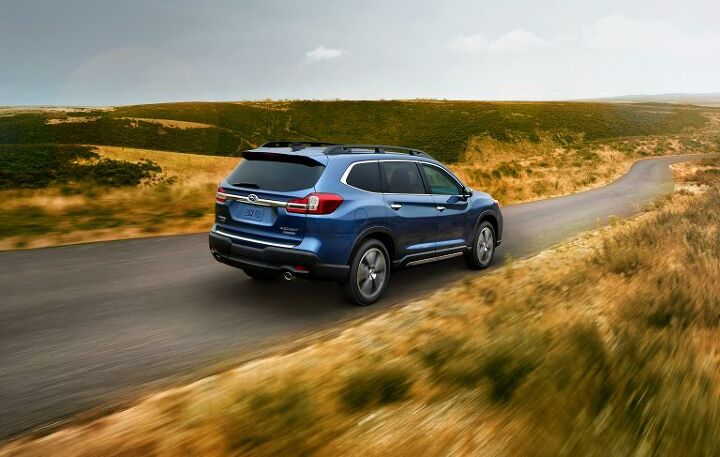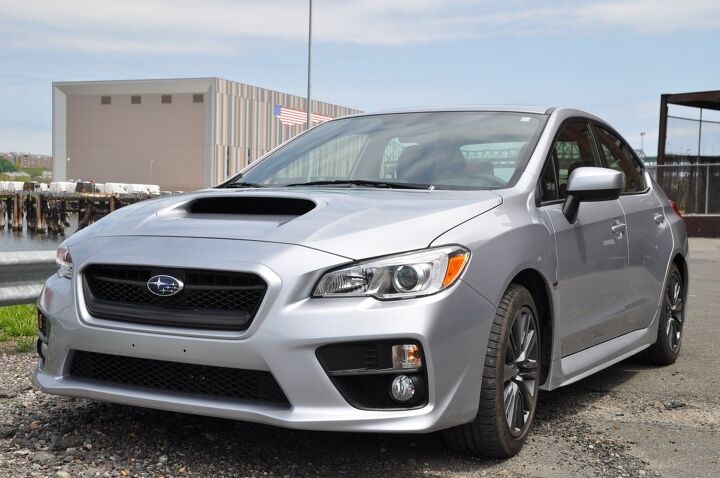#lafayette
Report Outlines How Subaru is Coping With Quality Control Issues
Subaru was one of the few automakers experiencing growth going into the Great Recession. When the financial crisis struck in earnest, Subaru’s volume briefly dipped to pre-recession levels before resuming its climb. Thanks largely to an enviable public image and desirable lineup, Subaru’s annual deliveries tripled between 2009 and 2018 inside the United States.
However Subaru’s quality rankings have lapsed in its quest to meet elevated demand. There has been a surge in recalls for the brand and some unsavory claims coming from the factory. According to internal documents seen by Automotive News, one of the primary reasons for this was due to rampant supply chain issues. The papers indicate that nearly half of Subaru’s suppliers were recently operating at quality levels below the company’s internal targets. Subaru is currently overhauling its own production processes and working with suppliers to improve quality and avoid developing a poor reputation with customers.
Subaru Announces $140 Million Investment to Ensure Ascent Production
Subaru says it will invest $140 million into its production facility in Lafayette, Indiana, to ensure assembly of the 2019 Ascent goes off without a hitch. The cash will go toward helping the automaker meet the growing demand for SUVs in North America and provide 200 additional jobs for the region.
Subaru of Indiana Automotive (SIA) currently produces the Impreza, Legacy, and Outback. But it’s scheduled to add the Ascent early next year. The investment covers a factory expansion, new equipment, and tooling to support higher production volume.
Subaru Ascent Production Begins in Spring 2018: Work Underway To Squeeze SUV Into Indiana Facility
Subaru reported in September 2017 the brand’s 70th consecutive month of year-over-year growth. The growth rate is not modest. Five years ago, Subaru had never reported more than 336,000 U.S. sales in a calendar year. Yet with one-fourth of 2017 remaining, Subaru has already reported 478,848 U.S. sales in 2017 and is on track to sell more than 650,000 vehicles by the end of the year.
Subaru is not, however, without challenges. The rate of sales improvement has not been matched by a commensurate improvement in the dealer network’s ability to service vehicles, for example.
Another issue? Subaru needs to create space for production of its next new vehicle, the three-row Ascent SUV, in Lafayette, Indiana. Subaru already builds its best seller, the Outback, in Indiana, and with the latest generation of the Impreza, the brand’s compact car joined the midsize Legacy as an Indiana-built model, as well.
For the Ascent, which Subaru confirmed is set to begin rolling out of the Indiana plant in the second-quarter of 2018, Subaru has received the necessary permits to increase production by 66 percent compared with the original joint Toyota/Subaru facility.
Subaru Investing $140M More in Indiana Plant, Not Buying Normal Plant?
Subaru said Monday it would invest $140 million at its Lafayette, Indiana plant to expand production and add 1,200 more jobs at the facility. The announcement is only two years after the growing Japanese automaker said in 2013 they would spend $400 million at the plant to build its Impreza in the U.S. by 2016.
Fatal Accident In Louisiana Could Be Seventh Linked To Takata Airbag Recall
A fatal accident in Louisiana involving a Takata-equipped Honda may be the seventh fatality linked to the supplier’s ongoing airbag crisis.
Subaru Sees US Production Boost Five Years Early Due To Rising Sales
Fuji Heavy Industries announced it would increase production at its Lafayette, Ind. plant as Subaru hits its North American sales target five years early.




















Recent Comments